Anais, like Nahel’s other family members and friends, said she was against violence that targeted the institutions that many in France’s disadvantaged communities rely on for public services.
“Listen, we’re not OK with the fact that they burn schools, burning hospitals, they shouldn’t do that,” she said. “But it’s justifiable that they’re angry, of course it’s justifiable, it’s not just Nahel who is dead, all the kids feel that they have died, all the brothers and sisters feel death, on the 27th they all died.”
Despite what appeared to be a reprieve from the street-level fights between police and protesters, officials said they remained vigilant and worried that simmering tensions could ignite once again.
“It’s true that it’s died down, but the causes that created the violence haven’t disappeared. So there is always a risk,” said Éric Lejoindre, the mayor of Paris’s 18th arrondisement, one of the capital’s poorest neighborhoods. “It’s really difficult to understand why [the violence] went up so fast and why it went down so fast.”

Even as officials focused on the violence that targeted local municipalities, Lejoindre said that the root causes of the tensions in neighborhoods like his would need to be addressed.
Tensions between France’s immigrant communities and the police are not new: Three weeks of riots in 2005 followed the deaths of two young men who were electrocuted as they hid from police inside an electrical substation.
Like those protests, the past week of violence mostly involved young people.
France’s interior minister, Gerard Darmanin, said the average age of those arrested was 17, though children as young as 12 or 13 had been detained.
Among the hundreds of French public security workers who were injured throughout the past week, France’s firefighters’ press office said a 24-year-old firefighter had died of a heart attack while on duty, but said his death was unrelated to the violence.

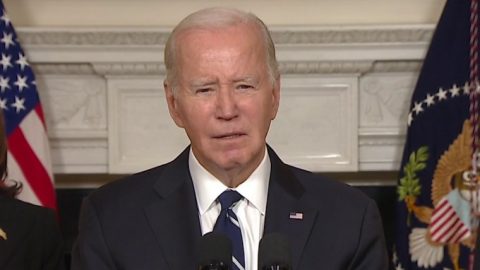

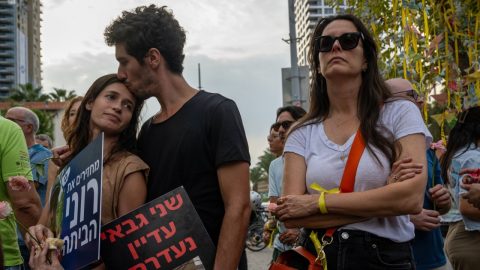
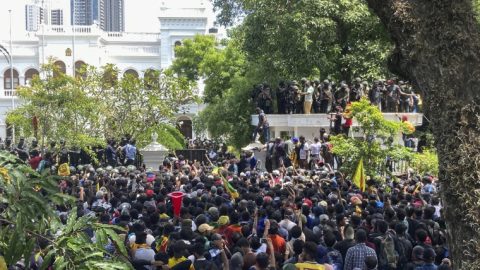
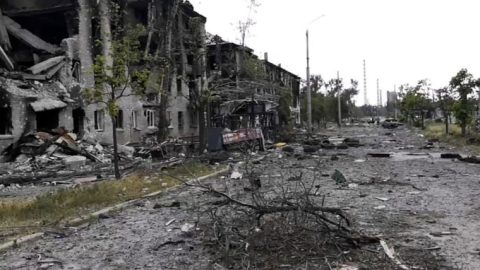

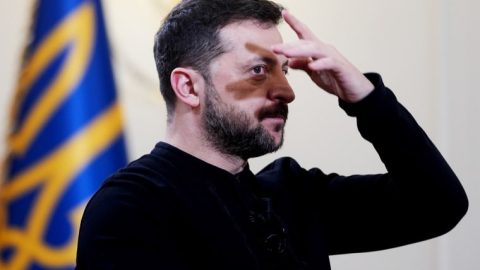
Recent Comments